
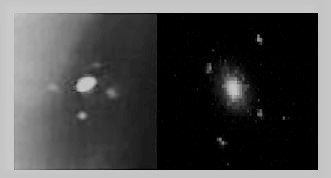
The Einstein Cross (QSO 2237+0305 ) is a gravitationally lensed quasar, which has identical features of an oscillating fluid system (quadruple nuclei).
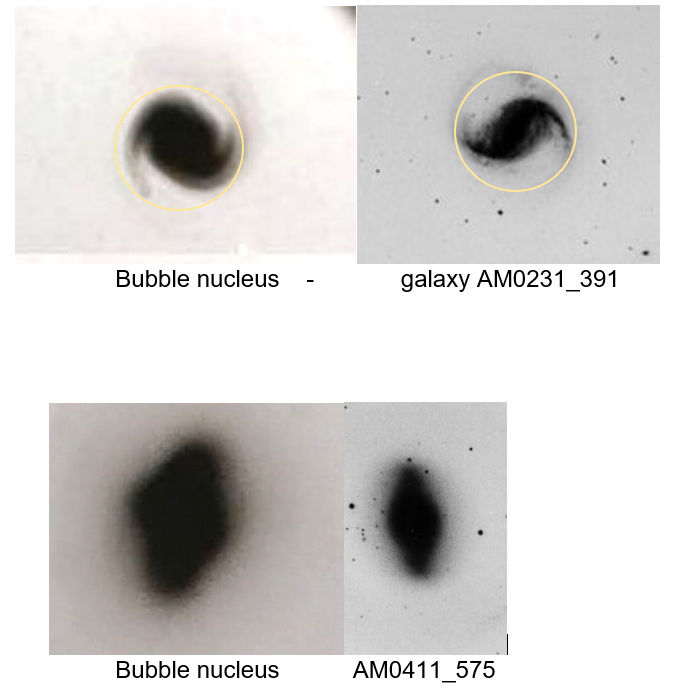
The gravitational wave phenomenon observed in expanding and oscillating bubble films are analogues of astrophysical structure and forces.
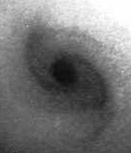
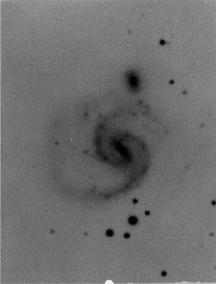
Arp 74
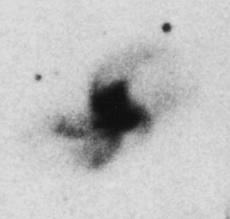
AM2133
AM2225
Arp 325
AM0229
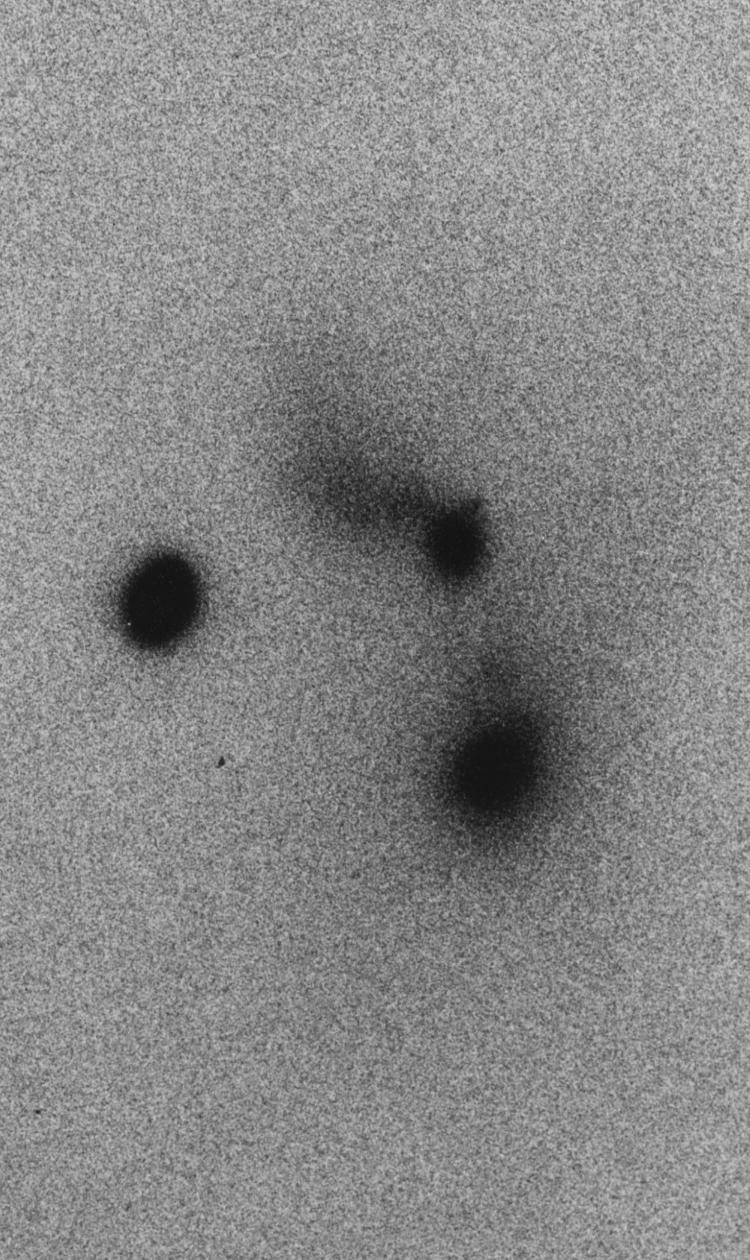
Arp 177
primitive bubble vortex structure BX442 early galaxy
Common features in vibrating bubble films include ejection of nuclei or formation of satellites both transient and stable, suggesting ejection of anomalous redshifted quasars from galaxies as related to work by Halton Arp Formation of Structure in the Universe.
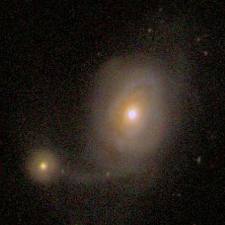
NGC7603

Modes include rotating densities, which evolve rings and other remnant structure proceeding large systematic ejections.
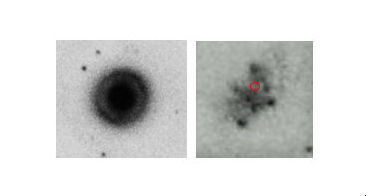
AM2159_330 and AM2125_533 with hypothetical ejection features suggesting extra-dimensional metrics.
Galaxies are the source of universe/multiverse domains incorporating fluid ejection coordinates.
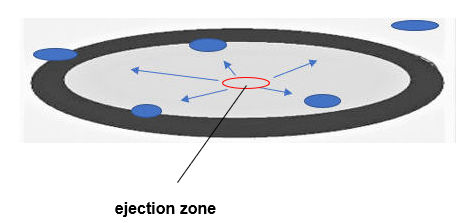
GALAXY MODEL
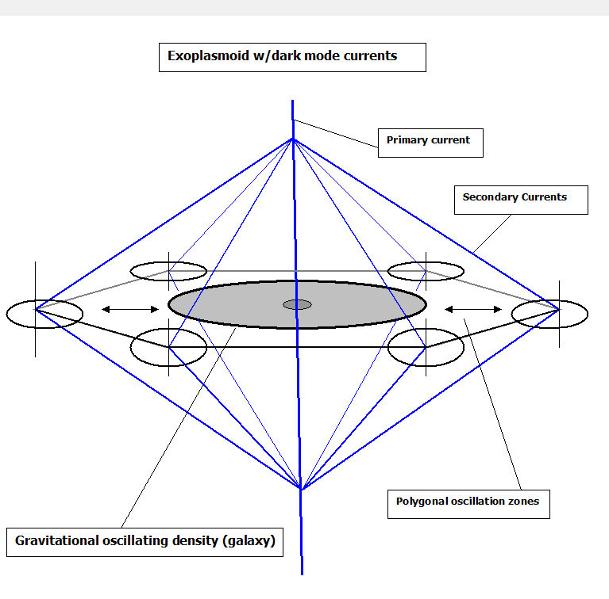
Galaxy Properties:
1/ hydrodynamic gravitoelectromagnetic density
2/ polygonal field currents (3-6)
3/ oscillation modes (frequency/amplitude)
4/ matter inflow/ejection
Galaxy/System Characteristics:
1/ oscillating fluid-nucleus
2/ rotating n-body nuclei
3/ nucleus/arms
4/ ejection/satellites
5/ reversible evolution of structure/activity
6/ ring/vortex phenomenon
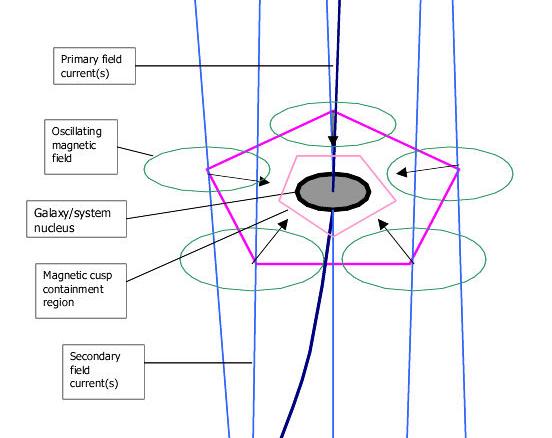
Field current surges generate load imbalances observed as irregular galaxy morphology.

The galaxy model can be represented as a simple tank circuit, which oscillates via field currents (inductor) directly to the hydrodynamic gravitoelectromagnetic density (capacitor).
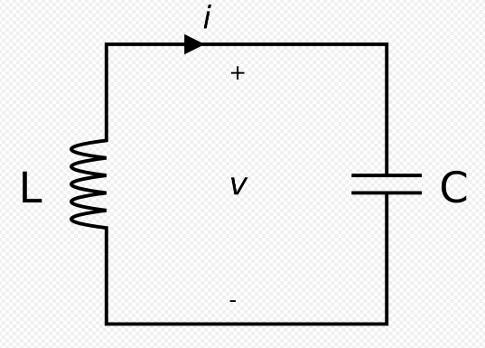
AM0430_303 is an example of a ring-type galaxy ejecting same dimension nuclei, which correlates to the fluid mechanics of a type of complex oscillating bubble film event.
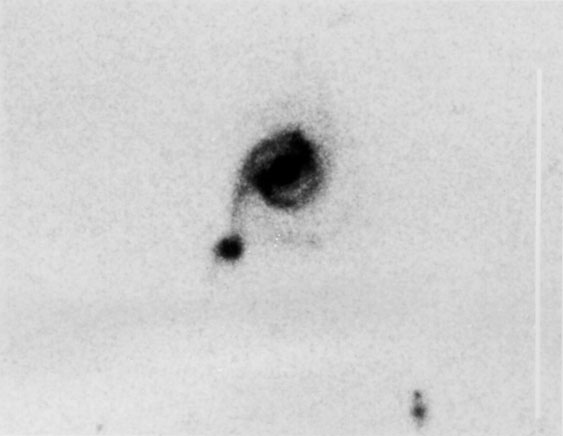
AM0430_303
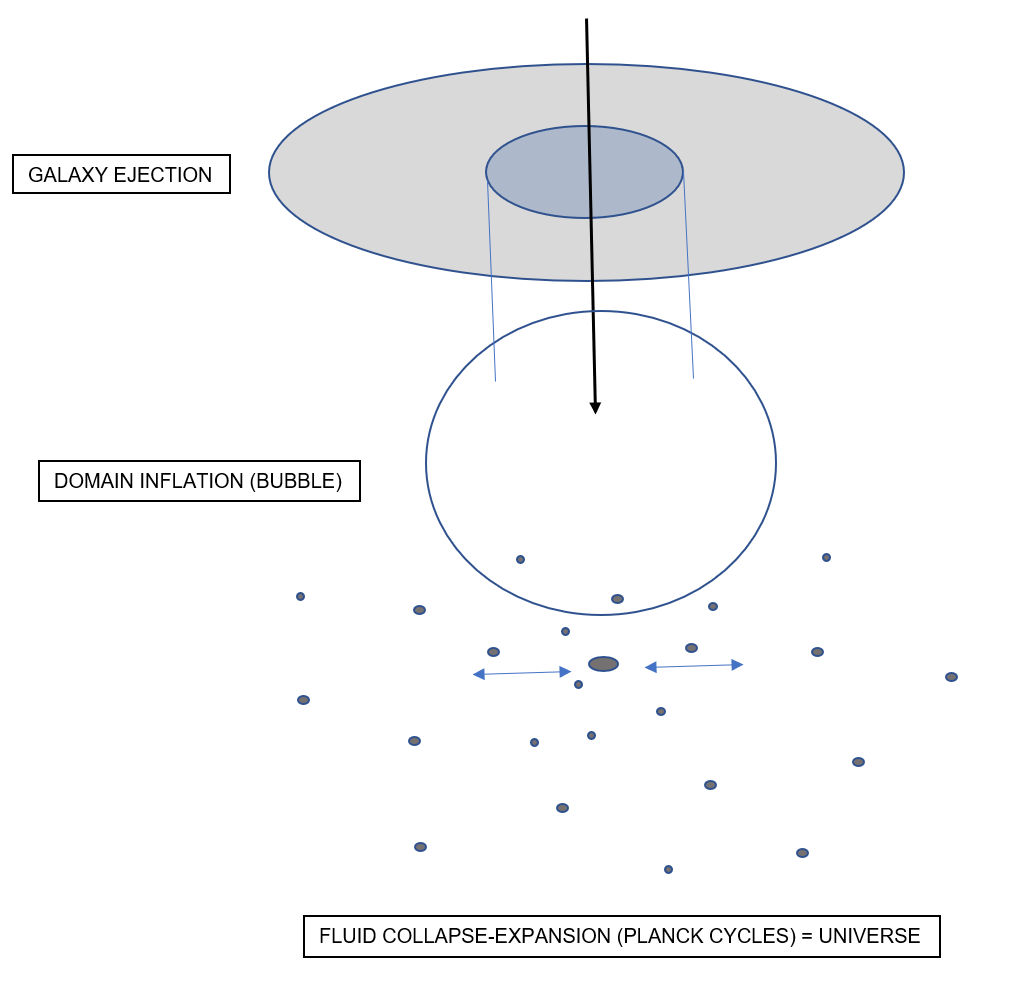
Like star or galaxy clusters, the universe resembles a system, which has inflated, collapsed and expanded (ICE). That mechanism includes a series of ejections and ICE's occurring in a Planck-type phase where the 'universe' combines and is observed as one fluid event (3>20 events =1). The cosmic microwave background is a sequential universe artifact. Imaging scalar universe structure is possible based on the mapping of potential ICE fluidic ejection points (galaxies).
Processed images of bubble spray experiments (1995)
representing universe phases including coronal and filamentary structure.
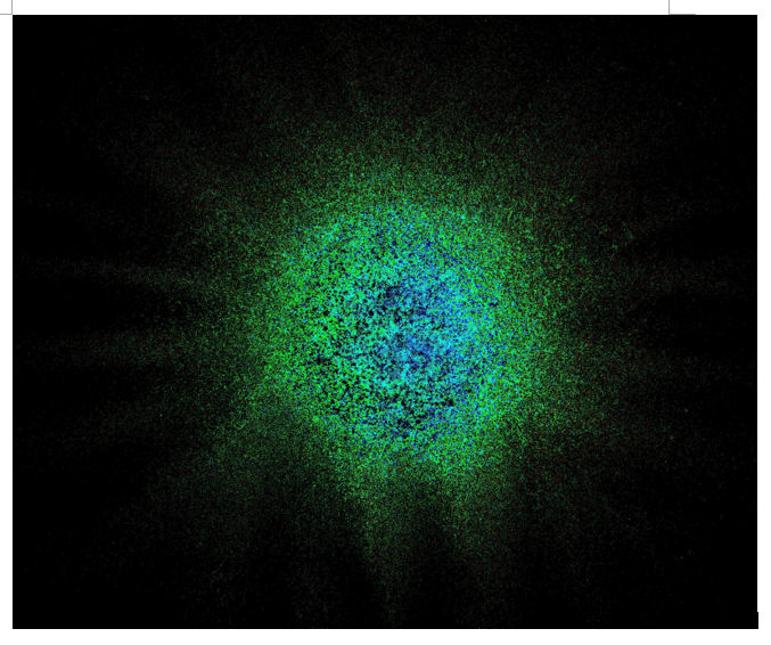
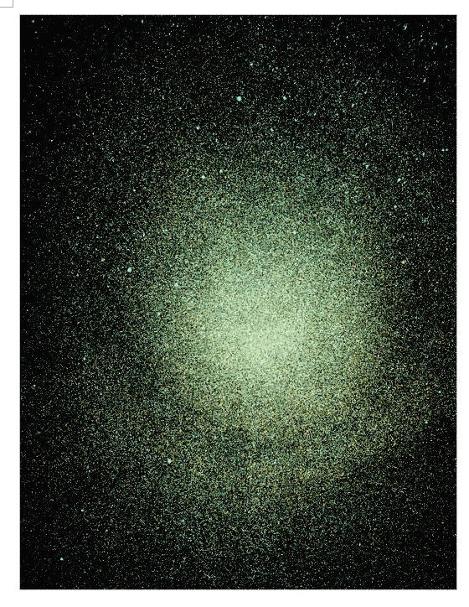
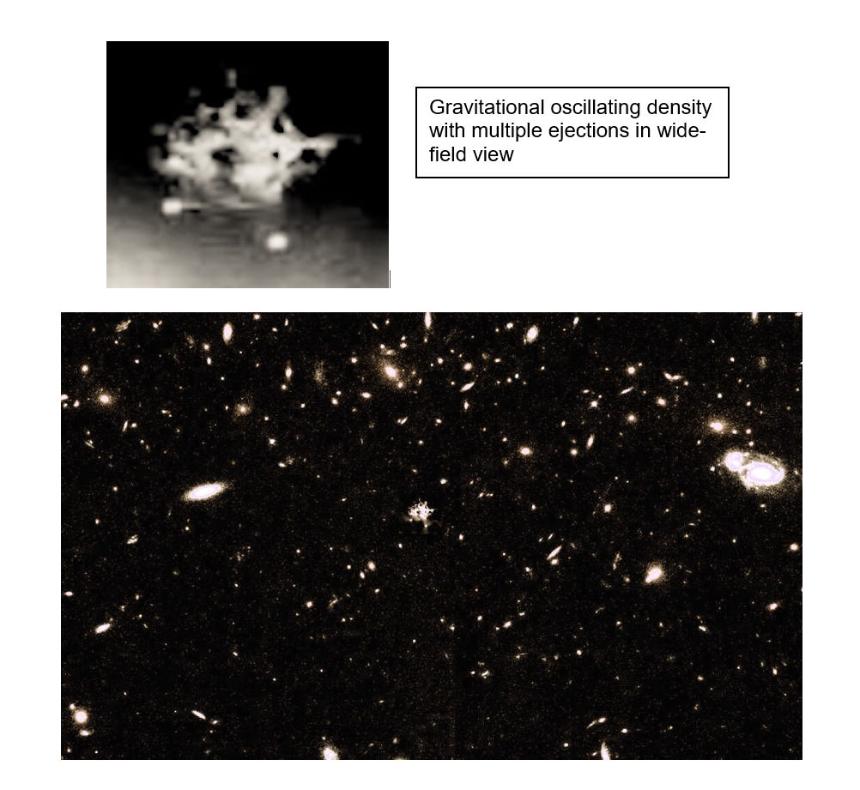
Decoding galaxy morphology related to hydrodynamic oscillating gravitational fields, parabolic spiral Messier-type galaxies feature multicomponent fluid structural phases, which incorporate systematic dust and gas percolation.
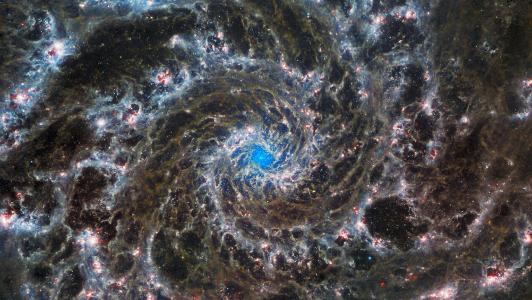
Parabolic spiral galaxy (wave/foam) - M74 (NASA/ESA/CSA James Webb Space Telescope)
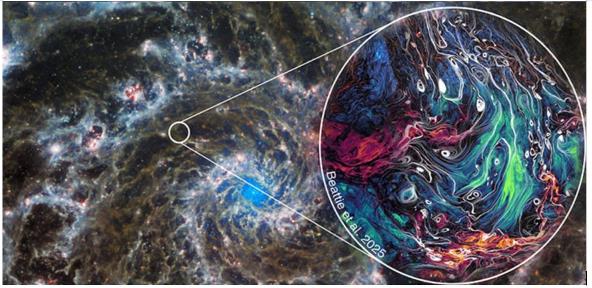
SIMULATED MAGNETIC TURBULENCE
Beattie, J.R., Federrath, C., Klessen, R.S. et al. The spectrum of magnetized turbulence in the interstellar medium. Nat Astron (2025). https://doi.org/10.1038/s41550-025-02551-5
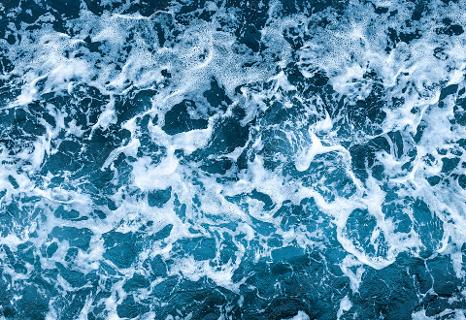
Sea foam (Nejron Photo)
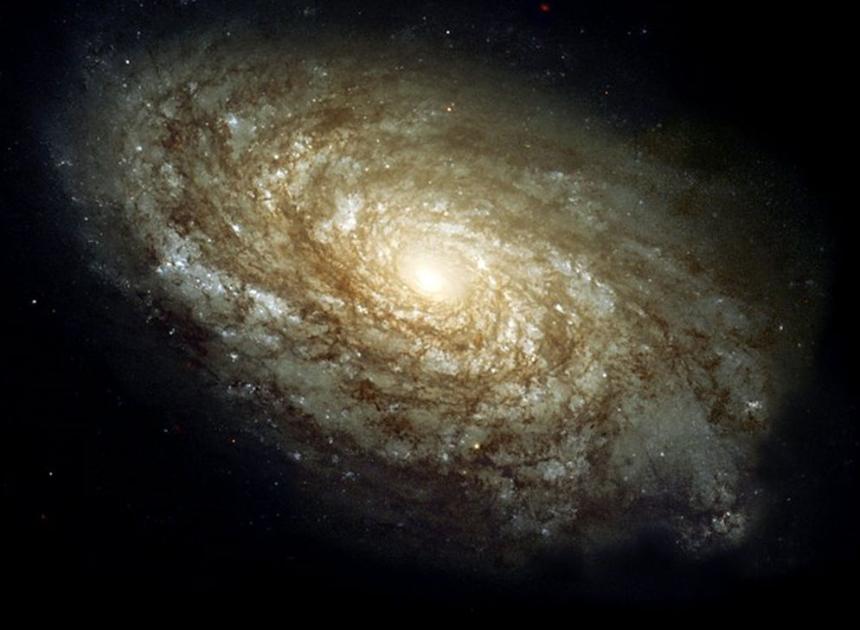
The galaxy/oceanic/wave system (GOWS).
NGC4414 Hubble Heritage Team (AURA/STScI/NASA/ESA)
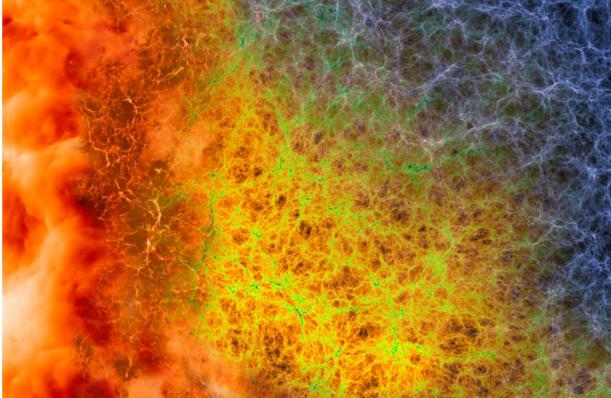
An artist’s composite of images from Nyx-generated cosmic web simulations, showing dense filaments of matter surrounded by vast voids representing a span of hundreds of millions of light years. National Energy Lawrence Berkeley National Laboratory, Research Scientific Computing Center (NERSC)
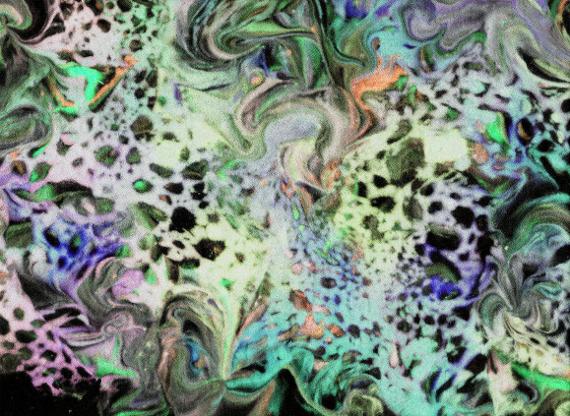
Turbulent Web (J. Choma 2025)